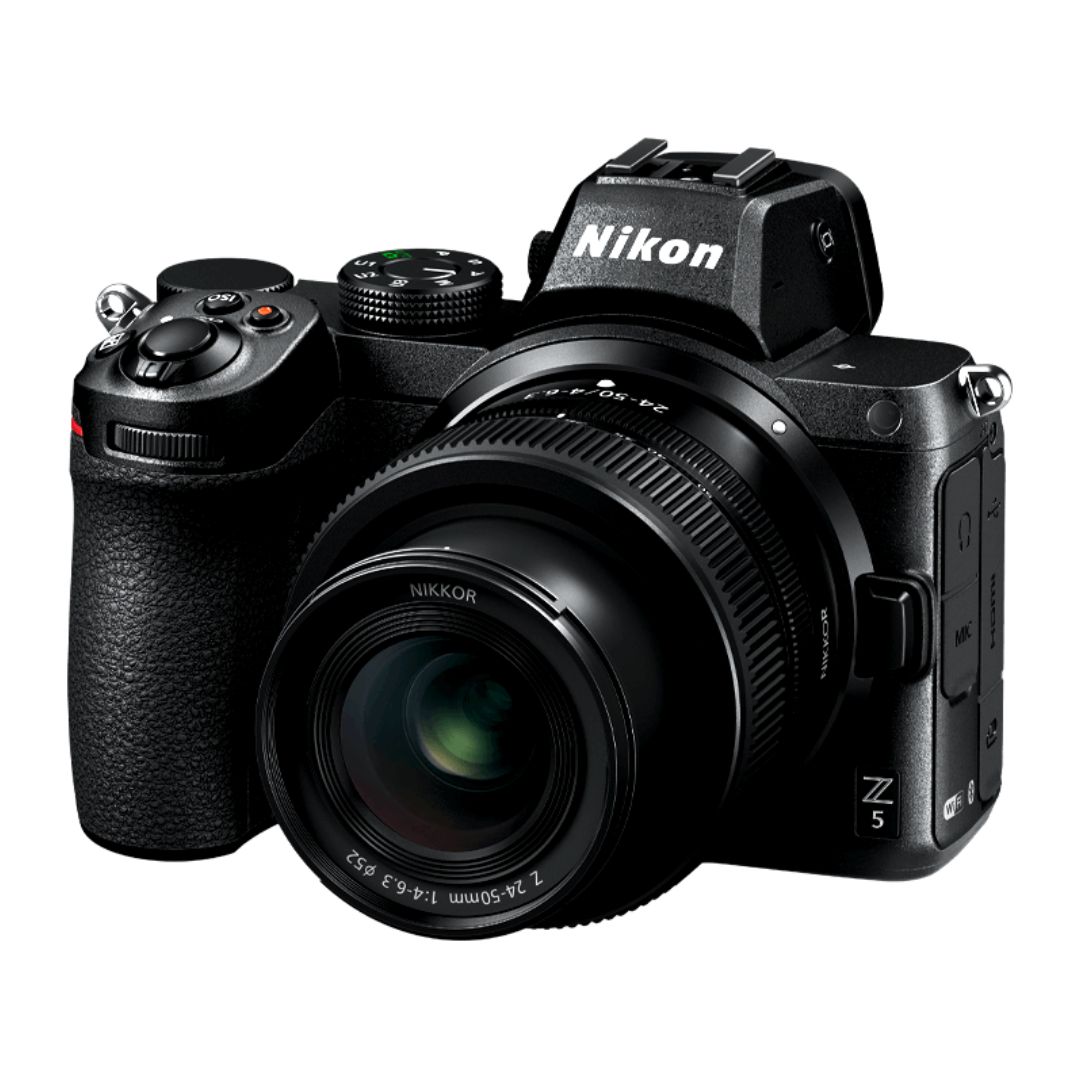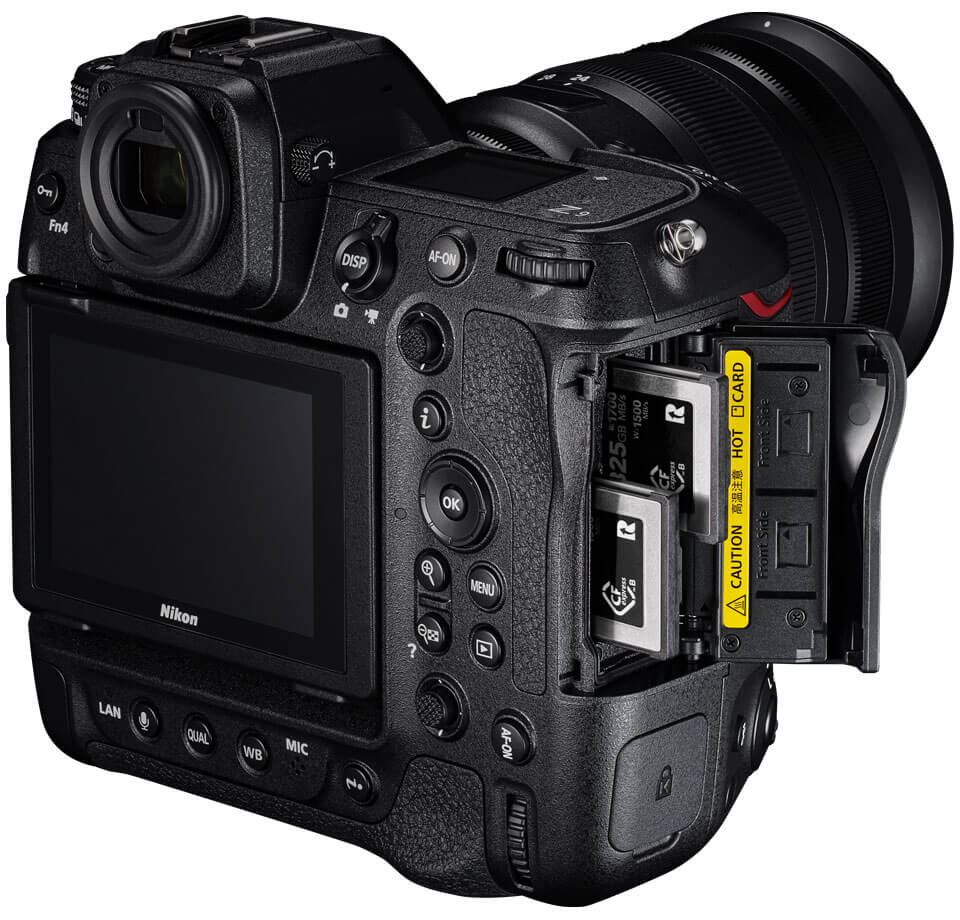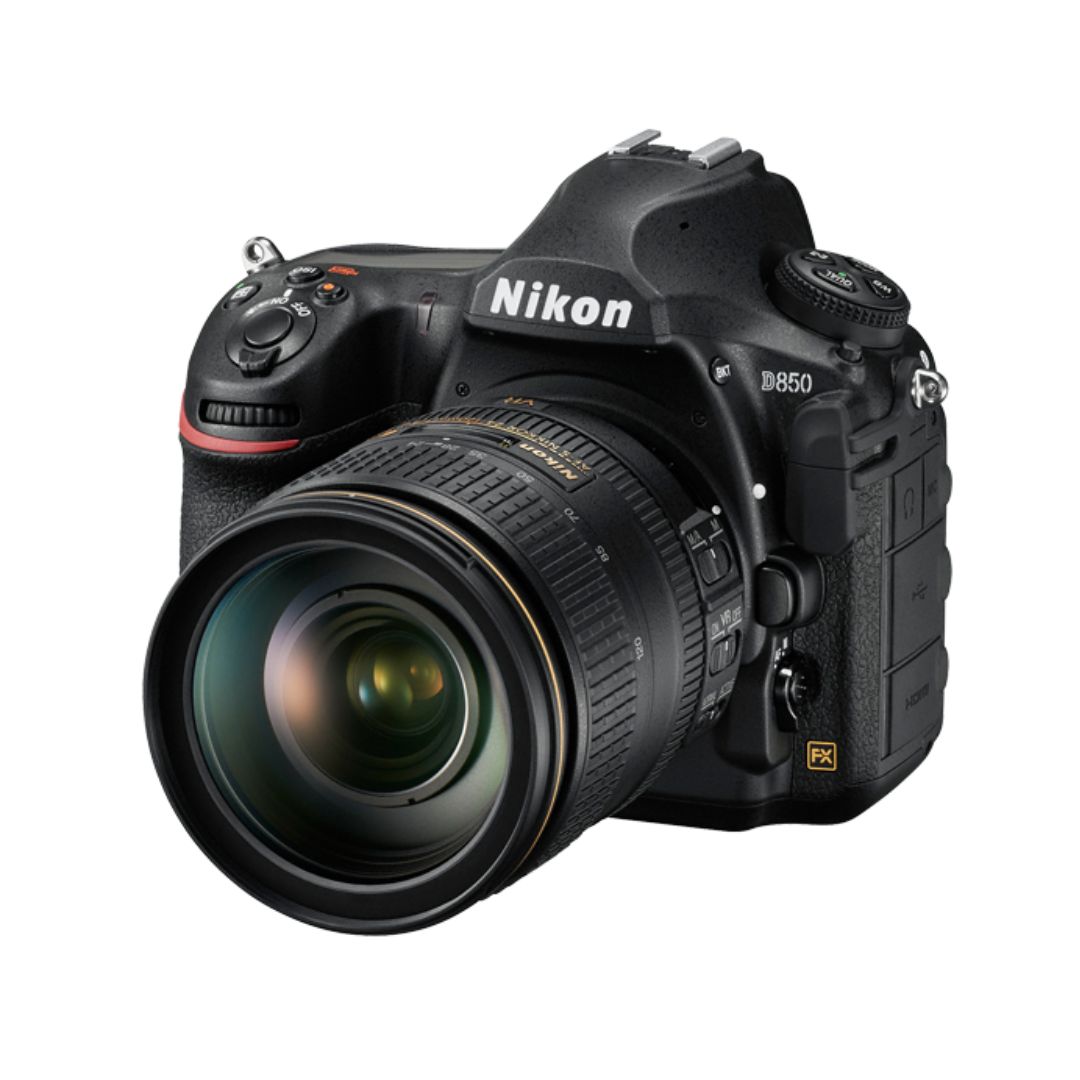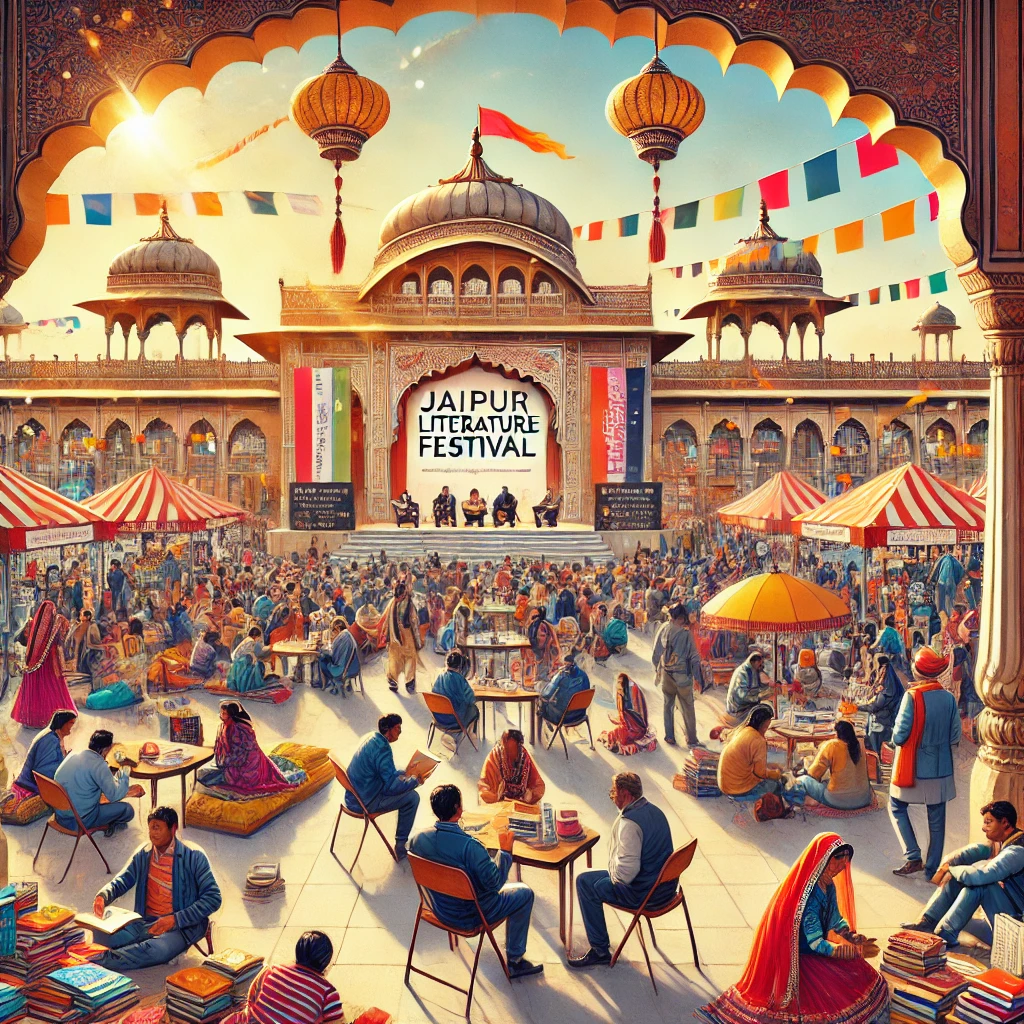The Jaipur Literature Festival (JLF) is not just a global intellectual gathering; it is a photographer’s paradise. Held annually at the grand Diggi Palace, this literary extravaganza brings together renowned authors, poets, thinkers, and thousands of book lovers. For photographers, it presents a unique opportunity to capture raw human emotions, vibrant cultural expressions, and the essence of literary enthusiasm.
In this comprehensive guide, we will explore how to document the Jaipur Literature Festival with authenticity, capturing its energy and soul through candid photography.
Why the Jaipur Literature Festival is a Goldmine for Photographers
1. Unscripted Emotions and Expressions
- The festival is filled with passionate debates, moments of laughter, and deep contemplation.
- Photographers can capture authors interacting with readers, spontaneous panel discussions, and the joy of book lovers immersed in thought.
2. A Blend of Traditional and Contemporary Aesthetics
- The backdrop of Diggi Palace, adorned with colorful décor, creates a striking contrast between heritage and modernity.
- Attendees wear a mix of ethnic and bohemian styles, adding to the vibrancy of candid shots.
3. Global and Local Diversity
- The festival hosts speakers and audiences from across the world, making it a melting pot of cultures.
- Street artists, musicians, and cultural performers add to the dynamic energy.
4. Rich Cultural and Literary Elements
- From bookstalls and calligraphy workshops to spoken word poetry sessions, every corner of JLF offers a visual storytelling opportunity.
- The fusion of literature, art, and cultural traditions provides layers of narratives to capture.
Best Spots for Capturing Stunning Photographs at JLF
1. Diggi Palace Entrance: First Impressions Matter
- The grand entrance, adorned with vibrant banners and cultural motifs, is the perfect place to capture the anticipation of attendees.
- Focus on wide-angle shots showing the crowd entering the festival.
2. Author Sessions: Wisdom in Motion
- The main halls and outdoor stages host panel discussions and author readings.
- Capture close-up shots of authors mid-speech, focusing on gestures and expressions.
3. The Bookstalls: A Bibliophile’s Haven
- Bookstalls create compelling compositions with stacks of books and eager readers browsing through them.
- Black-and-white photography works well to highlight the contrast of text and faces deep in thought.
4. The Courtyard: A Hub of Conversations
- This is where informal literary discussions and spontaneous performances take place.
- Candid shots of people debating, laughing, or engaged in storytelling create powerful imagery.
5. Cultural Performances: Capturing Motion and Expression
- Live music, dance performances, and Rajasthani folk arts add a vibrant cultural touch to the festival.
- Use a fast shutter speed to freeze moments or a slow shutter speed for motion blur effects.
6. Cafés and Lounges: Relaxed Yet Expressive
- The festival’s pop-up cafés and lounges are ideal for capturing intimate conversations.
- Soft natural light creates an atmospheric setting for storytelling shots.
7. Behind the Scenes: The Making of a Literary Spectacle
- Documenting backstage moments offers an exclusive glimpse into the festival’s organization.
- Capture event staff setting up stages, authors preparing for discussions, and candid moments among volunteers.
Tips for Candid Photography at Jaipur Literature Festival
1. Blend Into the Crowd
- Avoid drawing attention to yourself; let the moments unfold naturally.
- Use a smaller camera or a silent shutter mode to avoid distractions.
2. Focus on Storytelling
- Think beyond single shots—aim to create a photo series that narrates a compelling visual story.
- Capture interactions, expressions, and emotions that convey the festival’s essence.
3. Play with Light and Shadows
- Jaipur’s winter sunlight creates warm, golden hues that enhance portraits and candid shots.
- Look for natural frames such as doorways, archways, or book stalls to add depth.
4. Experiment with Composition
- Use the rule of thirds to position key subjects off-center.
- Try different angles—low angles for grandeur, high angles for crowd shots, and close-ups for emotions.
5. Capture Reactions, Not Just Actions
- Instead of just photographing an author speaking, capture the audience’s reaction—smiles, nods, intense gazes.
- Emotionally charged moments make for compelling shots.
6. Be Ready for Unpredictable Moments
- Literature festivals are full of surprises—an impromptu book reading, a famous author interacting with fans, or a heated discussion.
- Keep your camera settings optimized for quick captures.
Recommended Photography Gear for JLF
1. Camera & Lenses
- A mirrorless or DSLR camera with a silent shutter mode works best for candid photography.
- A 50mm prime lens is ideal for portraits and close-up shots.
- A 24-70mm zoom lens provides flexibility for different perspectives.
- A wide-angle lens helps capture crowd dynamics and architecture.
2. Accessories
- A lightweight tripod for low-light conditions.
- A fast memory card to handle high-speed shooting.
- A camera strap for mobility while moving through crowds.
3. Mobile Photography Tips
- Use portrait mode for subject isolation.
- Adjust exposure manually for backlit situations.
- Use burst mode for fast-moving moments.
Editing Your JLF Photographs for Maximum Impact
1. Enhance Colors and Contrast
- Use Lightroom or Snapseed to adjust brightness, contrast, and saturation.
- Boost warm tones to highlight Jaipur’s golden light.
2. Retain the Authenticity
- Avoid over-processing; keep the images natural and true to the festival’s essence.
3. Crop for Better Composition
- Refine framing to remove distractions and emphasize the main subject.
4. Convert to Black and White for Emotional Depth
- Some shots, especially author portraits and intense discussions, look more impactful in monochrome.
Conclusion: Immortalizing the Jaipur Literature Festival Through Photography
The Jaipur Literature Festival is a convergence of knowledge, art, and culture, making it a treasure trove for photographers. From the grandeur of Diggi Palace to the candid interactions of book lovers, every frame tells a story.
By blending into the crowd, experimenting with composition, and focusing on genuine moments, photographers can create stunning visual narratives that go beyond event documentation. Whether you’re capturing a Nobel laureate deep in discussion or a poet lost in thought, each shot preserves the festival’s spirit in a timeless frame.
So, grab your camera, step into the literary carnival, and let your lens weave a tale of the world’s greatest free literary festival!

Sony Alpha a7 IV: The Ultimate Camera for Photography

Nikon Z5 Review: Is It Worth It?
-

Nikon Z9 : Game-Changer for Photography
-

Top Features of Nikon D850 That Make It Ideal for Portfolio Shoots
Sony Alpha a7 IV: The Ultimate Camera for Photography
Explore the Sony Alpha a7 IV in this complete 2025 review. Learn how its pro-level features, real-world performance, and hybrid flexibility make it the ultimate camera for photography across genres like portraits, weddings, travel, and commercial work. Table of Contents Section 1: Introduction – Why the Sony Alpha a7 IV Stands Out The Sony Alpha…
Nikon Z5 Review: Is It Worth It?
In 2025, photographers—whether hobbyists, content creators, or professionals—seek equipment that blends value, performance, and future-readiness. Enter the Nikon Z5, a full-frame mirrorless camera marketed as a gateway to high-end imaging without a flagship price tag. But how well does it hold up under real-world demands like studio shoots, weddings, landscape adventures, and lifestyle photography? In…
Nikon Z9 : Game-Changer for Photography
Discover why the Nikon Z9 is considered a true game-changer for photography. This in-depth Nikon Z9 review explores key features, real-world performance, and how it excels in professional photo shoots in 2025. Table of Contents 1. Introduction The photography world witnessed a significant shift with the launch of the Nikon Z9, a flagship mirrorless camera…
Top Features of Nikon D850 That Make It Ideal for Portfolio Shoots
Discover why the Nikon D850 is the ultimate DSLR for portfolio shoots. Explore its top features—from resolution and dynamic range to autofocus precision and workflow speed—that help photographers create stunning, high-impact images for professional portfolios. Whether you’re a portrait artist, fashion photographer, or visual storyteller, a portfolio shoot demands technical excellence, creative flexibility, and uncompromised…
Candid Moments with Canon EOS R10: Lightweight & Reliable
In the evolving world of mirrorless photography, the Canon EOS R10 stands out as a lightweight yet powerful camera tailored for real-life storytelling. Whether you’re photographing street scenes, family gatherings, weddings, or spontaneous portraits, capturing genuine emotion requires a responsive and discreet tool. This article dives deep into how the Canon EOS R10 excels in…
Bold Portraits with Canon EOS R5: Is It the Best for Work?
Studio photography has always demanded precision, artistry, and impeccable gear. As the expectations for commercial portraits, fashion campaigns, and editorial work continue to rise, the tools we use must evolve. Enter the Canon EOS R5, a camera that has stirred the professional waters with its impressive technical specs and forward-thinking design. In this comprehensive Canon…


